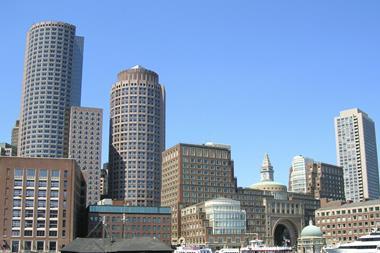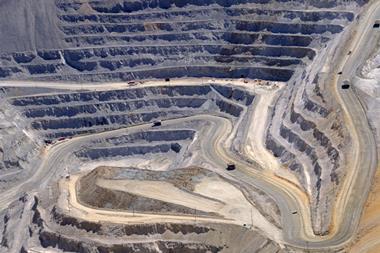Investment returns at Danish labour-market pension fund PensionDanmark grew in 2014 to around 10.5%, with all asset classes contributing, although the scheme forecast lower year-on-year returns for the current year.
In absolute terms, the return for the whole of last year was DKK16.2bn (€2.18bn), with 40-year-old scheme members receiving a 10.5% return and 65 year olds seeing a 10.6% return, the pension fund said.
By contrast, the return in 2013 was 9.3% for the younger age group and 3.9% for the older.
Torben Möger Pedersen, PensionDanmark’s chief executive, said: “We are very pleased with the investment return for 2014, when we, like other investors, profited well from falling yields and rising share prices.”
Investments in stable alternatives such as property and infrastructure had made a good contribution to the overall return, he said.
“But one can’t expect that in 2015 there will also be profits to be had on both swings and roundabouts,” he warned.
One should expect a lower return this year, even though the pension fund’s return in the last few years has shown its investment portfolio can do well in both tailwinds and headwinds, he said.
Listed equities generated 12.2%, while bonds returned 8.9%, PensionDanmark said.
Meanwhile, industrial sector labour-market fund Industriens Pension posted an 11% overall return for 2014, driven by Danish equities and private equity.
The return was DKK12.6bn (€1.7bn) in absolute figures, up from DKK7bn, or 6.7% in 2013.
The pension fund’s chief executive Laila Mortensen said: “As in earlier years, we have achieved a high return on our large holding of Danish equities, and our growing portfolio of private equity and infrastructure assets also delivered a big contribution.”
Private equity came with large costs, she said, but added that the pension fund expected the returns on this asset class would more than offset them.
She said Industriens had always been very selective with its unlisted investments, and took this approach during the financial crisis, too, when it was possible to buy into companies and assets at advantageous levels.
“It is these investments, among others, that have borne fruit in 2014,” she said.
Nominal gilt-edged bonds returned 7.8% in 2014, while indexed gilt-edged bonds produced 5.4% and corporate bonds returned 4.2%.
Danish shares returned 21.5%, foreign equities 10.7% and private equity 15.4%.
In other news, engineers’ pension fund DIP reported a return for last year of 8.1% but said this was likely to be at the low end of the league table of returns produced in the Danish pensions sector.
This was because DIP had been unable to add the interest-rate hedging profits that some others would be able to include.
However, at 8.1%, the pre-tax investment return was higher than had been expected at the beginning of the year, DIP said.
The return was primarily boosted by positive development on the equity markets as a result of expectations of positive growth mainly in the US, it said.
It pointed out that DIP did not have yield guarantees to meet on its pensions and therefore did not hedge interest rates.
“This means DIP does not have profits on insurance against falls in interest rates,” it said, adding that this meant its overall return was expected to lie at the low end of those reported by the sector.
Meanwhile, Nordea’s Life & Pensions business division saw a 24% rise in annual operating profit for 2014 to DKK389m, as premiums grew by 13% in the last quarter of the year.
Gross written premiums rose to €2.1bn in the fourth quarter, up 13% from the same quarter in 2013.
“The market return product-driven sales momentum in the Nordea Bank channel continued to fuel new business sales in the fourth quarter,” the group said.
Market return and risk products accounted for 87% of total gross written premiums.
The products also amounted to 52% of assets under management at the end of the fourth quarter.
The rise in operating profit from the third to fourth quarters of 2014 of 67% was largely due to higher profits on traditional products, as well as the write-down of deferred acquisition costs in the Polish pension fund subsidiary of €27m in third quarter, Nordea said.
Check out Caroline Liinanki’s excellent article on how Nordic pension funds are ahead of the game’when it comes to decarbonisation












No comments yet